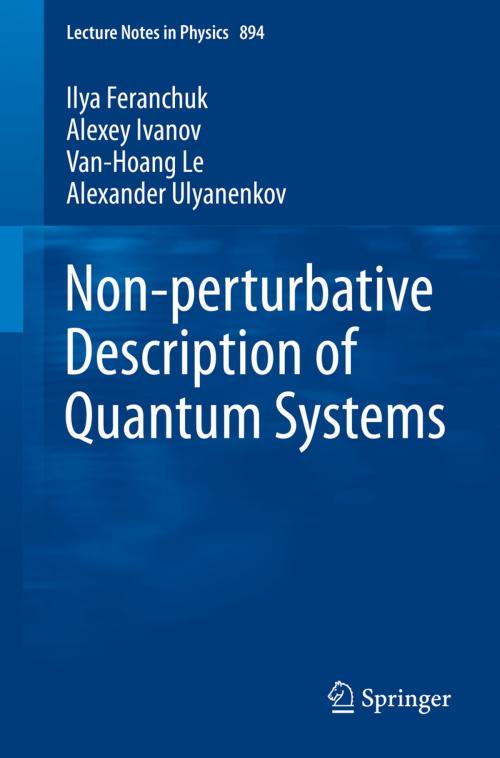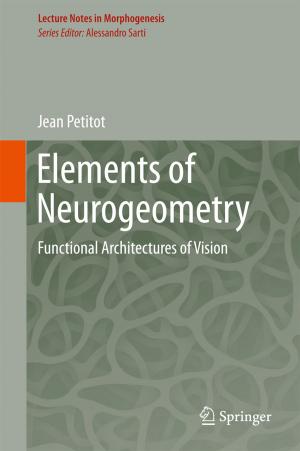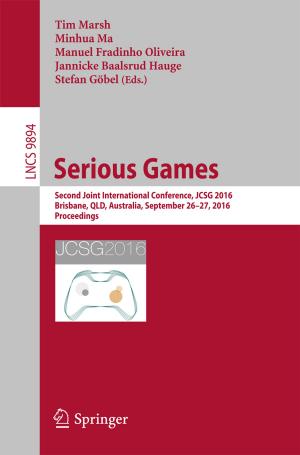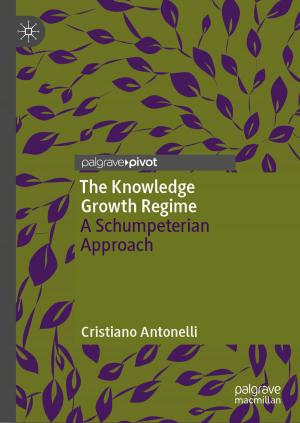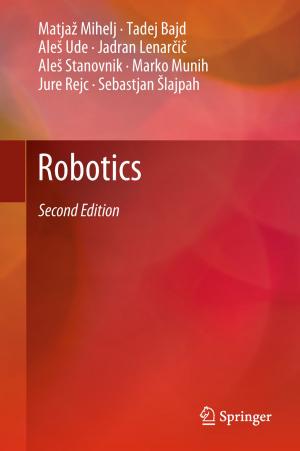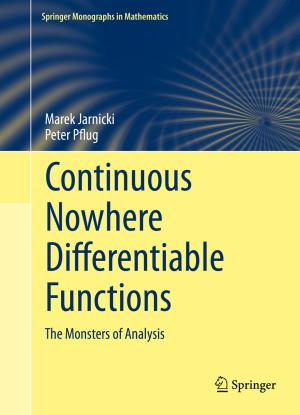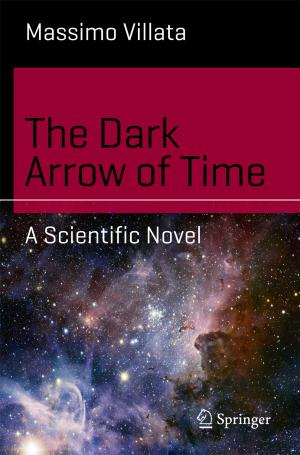Non-perturbative Description of Quantum Systems
Nonfiction, Science & Nature, Science, Physics, Mathematical Physics, Quantum Theory| Author: | Ilya Feranchuk, Alexey Ivanov, Van-Hoang Le, Alexander Ulyanenkov | ISBN: | 9783319130064 |
| Publisher: | Springer International Publishing | Publication: | December 18, 2014 |
| Imprint: | Springer | Language: | English |
| Author: | Ilya Feranchuk, Alexey Ivanov, Van-Hoang Le, Alexander Ulyanenkov |
| ISBN: | 9783319130064 |
| Publisher: | Springer International Publishing |
| Publication: | December 18, 2014 |
| Imprint: | Springer |
| Language: | English |
This book introduces systematically the operator method for the solution of the Schrödinger equation. This method permits to describe the states of quantum systems in the entire range of parameters of Hamiltonian with a predefined accuracy. The operator method is unique compared with other non-perturbative methods due to its ability to deliver in zeroth approximation the uniformly suitable estimate for both ground and excited states of quantum system. The method has been generalized for the application to quantum statistics and quantum field theory. In this book, the numerous applications of operator method for various physical systems are demonstrated. Simple models are used to illustrate the basic principles of the method which are further used for the solution of complex problems of quantum theory for many-particle systems. The results obtained are supplemented by numerical calculations, presented as tables and figures.
This book introduces systematically the operator method for the solution of the Schrödinger equation. This method permits to describe the states of quantum systems in the entire range of parameters of Hamiltonian with a predefined accuracy. The operator method is unique compared with other non-perturbative methods due to its ability to deliver in zeroth approximation the uniformly suitable estimate for both ground and excited states of quantum system. The method has been generalized for the application to quantum statistics and quantum field theory. In this book, the numerous applications of operator method for various physical systems are demonstrated. Simple models are used to illustrate the basic principles of the method which are further used for the solution of complex problems of quantum theory for many-particle systems. The results obtained are supplemented by numerical calculations, presented as tables and figures.
